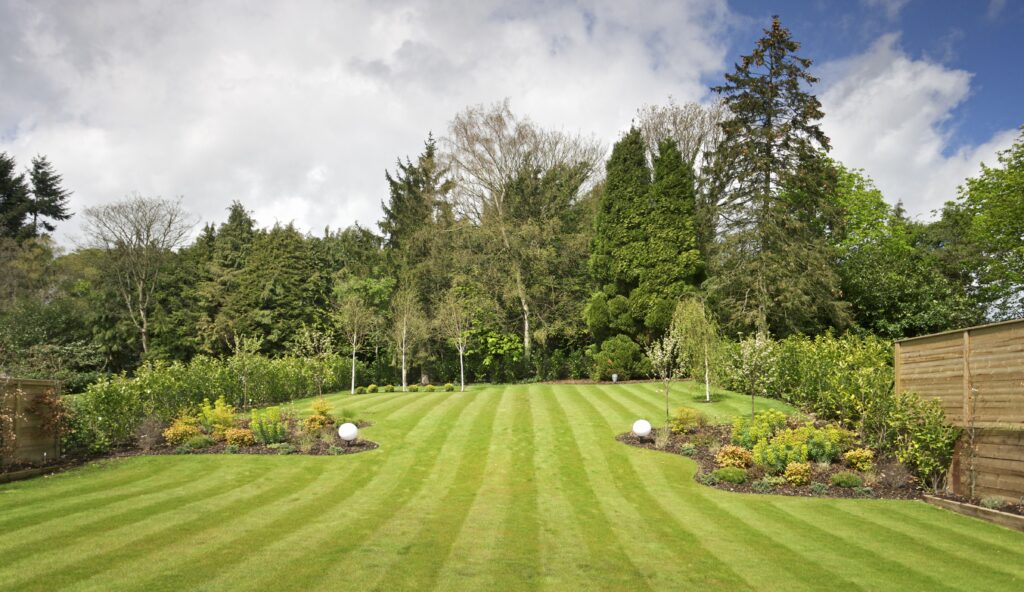Creating Striped Patterns in Your Lawn
Striped lawns are a hallmark of luxurious landscaping, often seen in golf courses and professional sports fields. Understanding how to achieve this striking effect is within reach for every homeowner with a few simple techniques. Here’s a comprehensive guide to creating eye-catching stripes in your lawn.
The Science of Lawn Stripes
The appearance of stripes in your lawn is primarily influenced by how light interacts with grass blades. When blades tilt away from you, they reflect light and appear lighter in color; conversely, blades leaning towards you absorb more light and look darker. This contrast generates the attractive striping effect.
Equipment Needed for Striping
You don’t need professional equipment to create stripes. Most home lawn mowers come with a safety shield, which serves a dual purpose: it protects against debris while also bending grass blades to enhance the striping effect. For even better results, consider using a striping kit designed specifically for this purpose.
Step-by-Step Guide to Mowing Stripes
- Choose Your Direction: Decide on a linear path for mowing your lawn—this can be north-south or on a diagonal.
- Mow Methodically: If your first pass is north to south, the second should be south to north. Continue this pattern, ensuring you maintain parallel lines and slightly overlap each pass for consistency.
- Turn with Care: When you reach the end of a pass, make tight turns to reposition the mower while leaving space for the next stripe to avoid gaps.
- Plan for Obstacles: When mowing near trees or flower beds, ensure you give enough room to avoid damaging plants and plan your exit route from the striping pattern to preserve your work.
Creating a Checkerboard Effect
Once you’ve mastered basic striping, consider taking your skills to the next level by creating a checkerboard pattern. To do this, mow stripes at a 90-degree angle to your previous cut. For instance, if you mowed from north to south last week, switch to east to west this week. This cross-hatch effect offers a subtle yet appealing design.
The Importance of Varying Your Patterns
Consistently mowing in the same direction can lead to turf stress and soil compaction. This restricts root growth, making it challenging for grass to access essential water and nutrients. To promote a healthy lawn, vary your mowing patterns regularly—alternate between straight lines and diagonal stripes throughout the season.
Frequently Asked Questions
What is the ideal mower height for creating stripes?
The correct mowing height depends on the type of grass in your lawn. For cool-season grasses, aim for a height of 3 to 4 inches, whereas warm-season grasses thrive at 2 to 3 inches. Taller blades tend to bend better, enhancing the visibility of your stripes.
How long do lawn stripes last?
Striped patterns can remain visible for about two weeks. This duration can vary based on grass type, lawn health, and cutting height.


